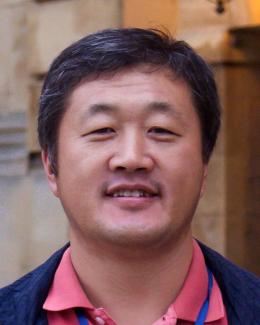Abstract
The Spallation Neutron Source (SNS) beam chopping system uses a segmented electrostatic lens in the Low Energy Beam Transport (LEBT) line to deflect the beam out of the Radio Frequency Quadrupole (RFQ) input aperture to create gaps in the 1 ms beam macro-pulse for extraction from the Ring, or fully displace the beam. The lens is split azimuthally into four quadrants which are pulsed independently by four bipolar high voltage pulse generators. The chopper timing control system creates trigger pulses to the pulse generators which deflect the beam sequentially to four positions on the chopper target. In the present chopper configuration, all four segments are powered simultaneously with a 1 MHz burst repetition rate within the macro-pulse. To improve chopping performance, faster switches and higher voltages are required. An alternative chopping system configuration which can meet this request has been proposed, where only two opposite segments are used at a time. This will facilitate pulse generator performance by reducing switching frequency and power dissipation in the high voltage switches while operating at increased voltages, and make beam deflection more effective, stable and reliable. The new chopping configuration requires changes in the LEBT timing control patterns, upgrading the pulse generator, and changing the azimuthal position of the lens segments in the LEBT structure.
This paper will review the timing control patterns for present and suggested configurations, compare the pulse generator performance for both cases, and show the advantages of the new chopping modes. The results of the simulated beam distribution at the RFQ input for different deflecting voltages will also be presented.



